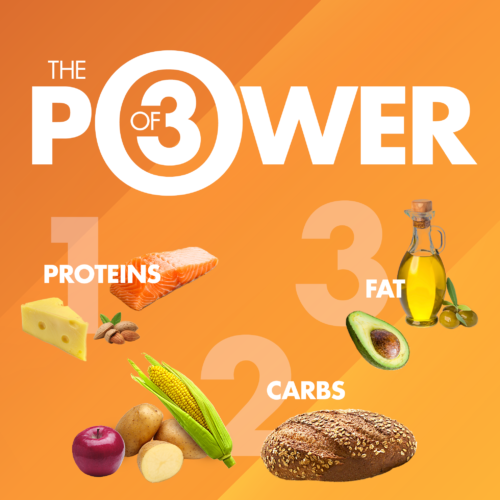Proteins
Proteins are often called the body’s building blocks. They are used to build and repair tissues. They help you fight infection. Your body uses extra protein for energy. Good sources of protein are seafood, lean meat and poultry, eggs, beans and peas, soy products, and unsalted nuts and seeds. Protein is also found in dairy products. Protein from plant sources tends to be lower in fat and cholesterol and provides fiber and other health-promoting nutrients.
Carbohydrates
Carbohydrates are the body’s main source of energy. There are two types of carbohydrates: simple and complex.
- Simple carbohydrates are found in fruits, vegetables, and milk products, as well as in sweeteners like sugar, honey, and syrup and foods like candy, soft drinks, and frosting or icing.
- Complex carbohydrates are found in breads, cereals, pasta, rice, beans and peas, and starchy vegetables such as potatoes, green peas, and corn.
Many carbohydrates also supply fiber. Fiber is a type of complex carbohydrate found in foods that come from plants—fruits, vegetables, nuts, seeds, beans, and whole grains. Eating food with fiber can prevent stomach or intestinal problems, such as constipation. It might also help lower cholesterol and blood sugar.
Fats
Fats also give you energy and help you feel satisfied after eating. Oils, shortening, butter, and margarine are types of fats, and mayonnaise, salad dressings, table cream, and sour cream are high in fat. Foods from animal sources and certain foods like seeds, nuts, avocado, and coconut also contain fat. There are different categories of fats—some are healthier than others:
- Monounsaturated. These include canola oil, olive oil, peanut oil, and safflower oil. They are found in avocados, peanut butter, and some nuts and seeds.
- Polyunsaturated. Some are corn oil, soybean oil, and flaxseed oil. They are also found in fatty fish, walnuts, and some seeds.
- Saturated. These fats are found in red meat, milk products including butter, and palm and coconut oils. Regular cheese, pizza, and grain-based and dairy desserts are common sources of saturated fat in our meals.
- Trans fats (trans fatty acids). Processed trans fats are found in stick margarine and vegetable shortening. Trans fats are often used in store-bought baked goods and fried foods at some fast-food restaurants.
You can tell monounsaturated and polyunsaturated fats because they are liquid at room temperature. These types of fat seem to lower your chance of heart disease. But that doesn’t mean you can eat more than the Dietary Guidelines suggest.
Trans fats and saturated fats are usually solid at room temperature. Trans fat and saturated fat can put you at greater risk for heart disease and should be limited.
HERE’S A TIP
Cholesterol is a fat-like substance found in some foods. Your body needs some cholesterol. But research suggests that eating a lot of foods high in saturated fat is associated with higher levels of cholesterol in your blood, which may increase your risk of heart disease. Try to limit cholesterol to less than 300 mg each day. If your doctor says you need to lower your cholesterol, you might need to limit cholesterol in your food to less than 200 mg each day.
Source: National Institute on Aging; Protein, Carbohydrates & Fats

